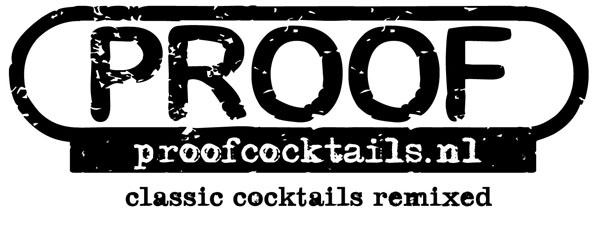
Totally jiggered.
Measures
Precise measurement is extremely important in making cocktails. Slight errors can make big differences to the balance and flavour of your drinks therefore you need to have an accurate and reliable way of measuring your ingredients. Read on.
Metric or Imperial
This is a thorny question that we need to get out of the way first. Almost all modern recipes are written in either US fluid ounces (oz) or millilitres (ml). Even though I’m a European I prefer to work in US ounces. Why? Mostly because you can more easily remember recipes in ounces but also because most of the recipes I see, in books or online, are in ounces. An ounce is almost precisely 30ml so conversion isn’t terribly difficult should it be necessary. I find it helpful to consider 30ml or 1oz to be 1 “unit” or “part”. Just to confuse things, outside of individual cocktail recipes I use ml, for example when making syrups or batching cocktails up for a party. Sorry, but that’s just the easiest way from my point of view. Just this once I’m giving you the conversion table, then you’re on your own.
2oz = 60ml
1.5oz = 45ml
1oz = 30ml
0.75oz = 22.5ml (that’s the nasty one)
0.5oz = 15ml
0.25oz = 7.5ml (ok, that’s not too handy either)
1 tablespoon (15ml) is exactly the same thing as 0.5oz so shouldn’t be used even though it often is.
1 teaspoon (5ml) is one-sixth of an ounce.
You need to make a decision now as to whether you want to work in oz or ml and then stick to it. It is, of course, more difficult to find ounce measures in Europe but certainly not impossible.

Turning Japanese. I really think so.
Japanese style jigger
In my opinion this is the best way to go. This kind of tall, thin, well made jigger is inherently more accurate than the more squat ones – I’ll let you work out why yourselves. Your main jigger should be 2oz on one side and 1oz on the other. The best ones have internal lines for 1.5oz on the big end and 0.75oz and 0.5oz on the small end so you’re almost totally covered with this one jigger. However is is very useful to also have a smaller jigger with 0.75oz on the big side and 0.5oz on the small side with a line at 0.25oz. Cocktail Kingdom supply some very nice jiggers exactly as described above but there are other sources. Metric versions also exist. Even if they seem a bit expensive I guarantee you will never regret buying a good jigger. When using this style of jigger be aware that you need to fill it right to the top to be accurate.

Best of both worlds?
Graduated jigger
This is the jack-of-all-trades jigger that lets you work in oz, ml or teaspoons. Oxo sell them both in the US and Europe but only the US version has both ounces and millilitres. If you know anyone in, or travelling to, the USA hit them up for a couple of these (they’re dirt cheap). The oxo measure is very practical to use but not as impressive as a metal jigger. There is a metal US version but without the ml scale. How very annoying. Also annoying is the lack of a 0.75oz mark on any of these. If you have one of these, plus the two Japanese style mentioned above, you are ready for anything. Almost.
XXX update XXX
Oxo have added a 0.75oz line on their steel jigger recently. Woo hoo!

21st century teaspoon.
Small scale
Sometimes you will see a call for measurements of 1 teaspoon or less. Of course, your barspoon bowl should be exactly 1 teaspoon (5ml) but what about fractions of a teaspoon? You could get a set of tiny measuring spoons but I have a better idea. Get onto ebay and order some plastic 5ml pipettes from China for almost nothing. These are marked in 0.5ml gradients so you can accurately measure, well anything. They are far easier than messing with tiny spoons or thimble measures and you can usually just suck the amount you need straight out of the bottle. And you can make ice cones with them too. Sorted.

Going large.
Beaker or jug
You probably have something like this in your kitchen already but if not buy yourself a 500ml Pyrex jug for making your syrups and so on. One with US measurements – ounces, tablespoons and cups might be handy but not necessary. Jugs like these can also be used as mixing glass if necessary. A more accurately graduated beaker can also be useful. The ones shown even allow you to “weigh” sugar without scales.

